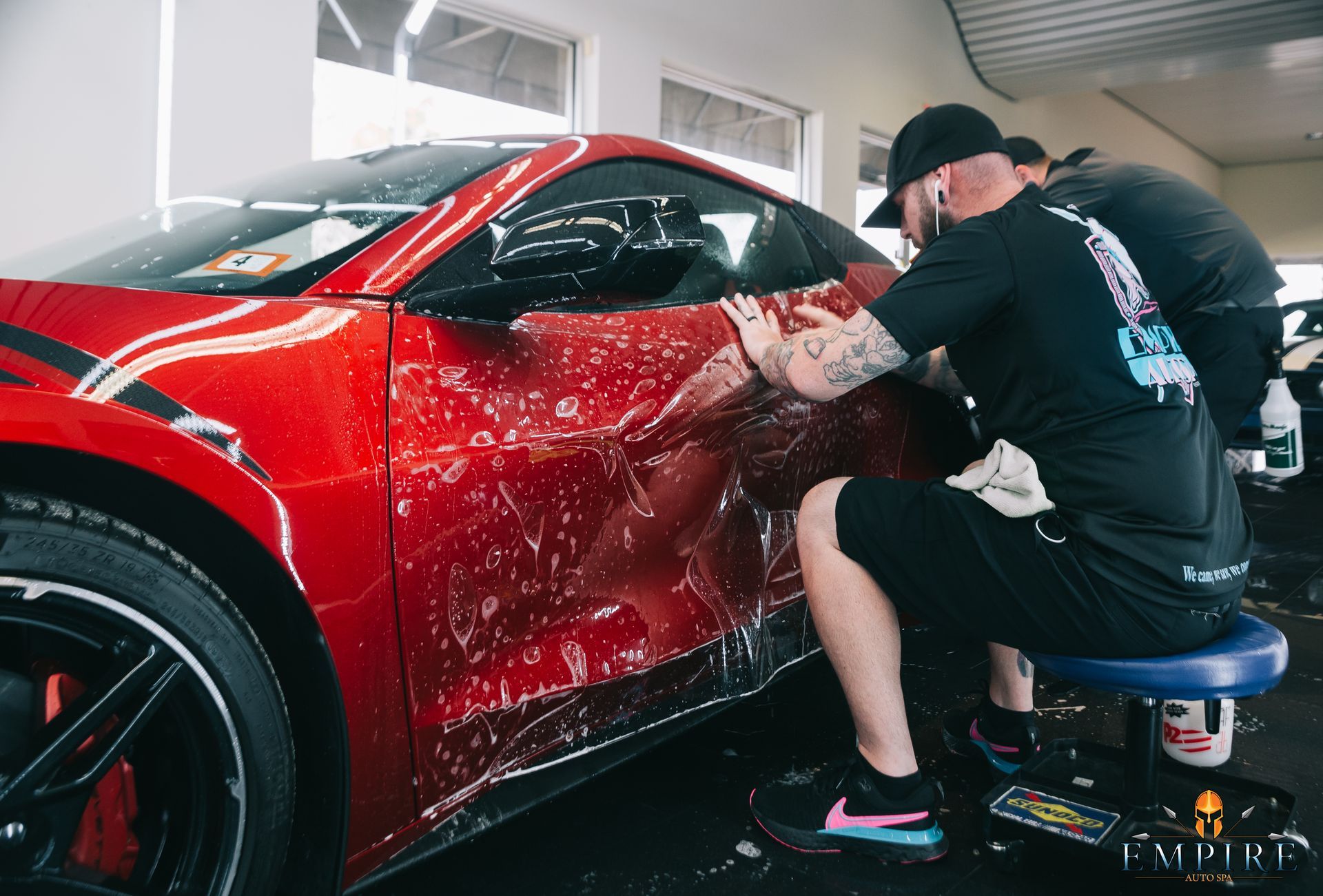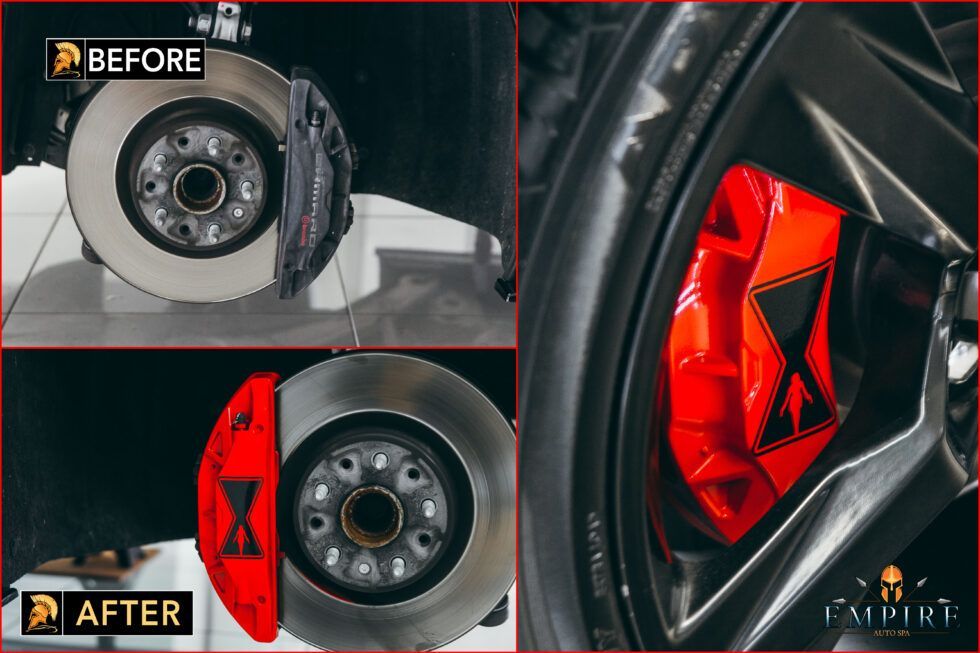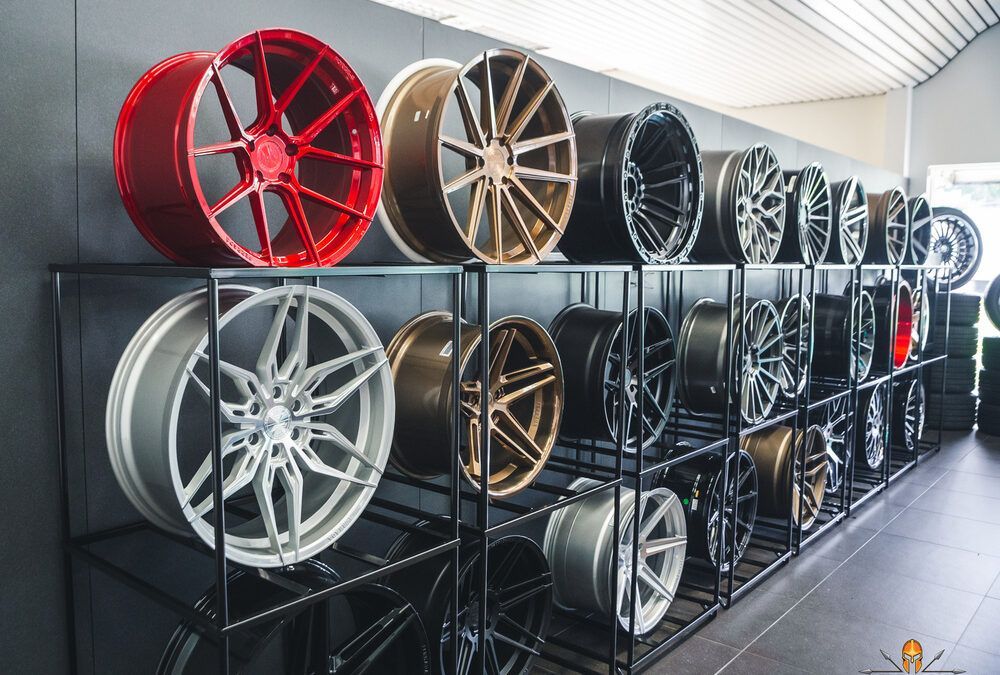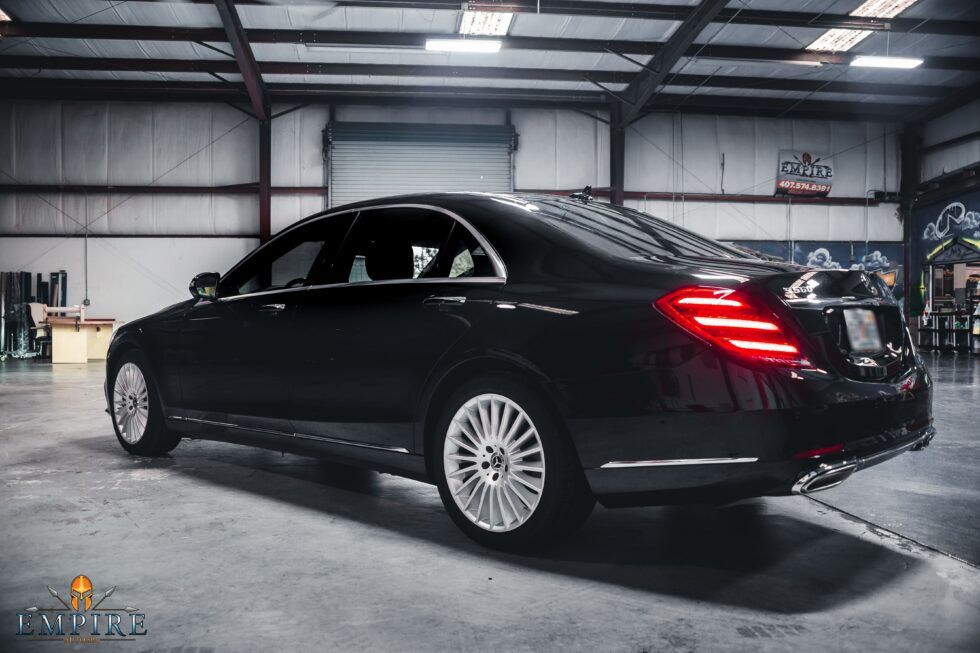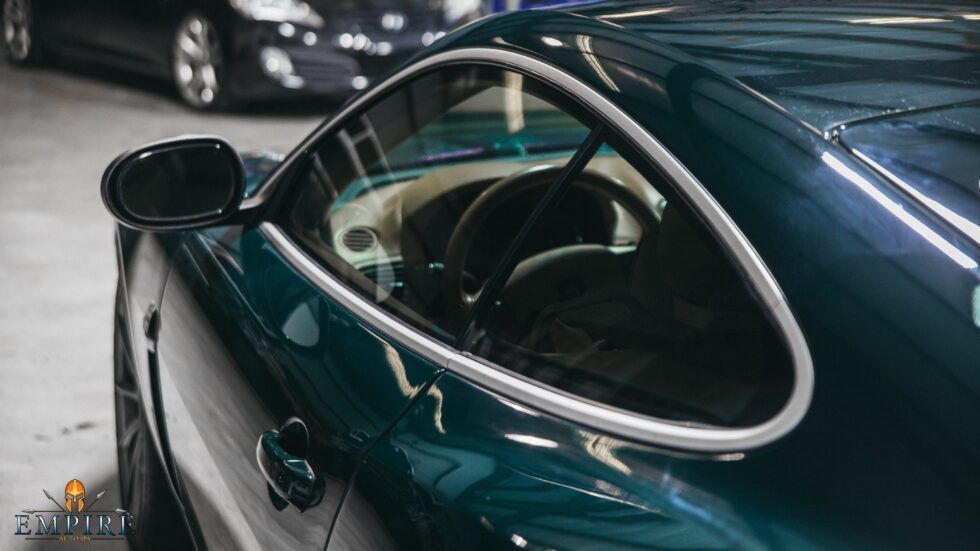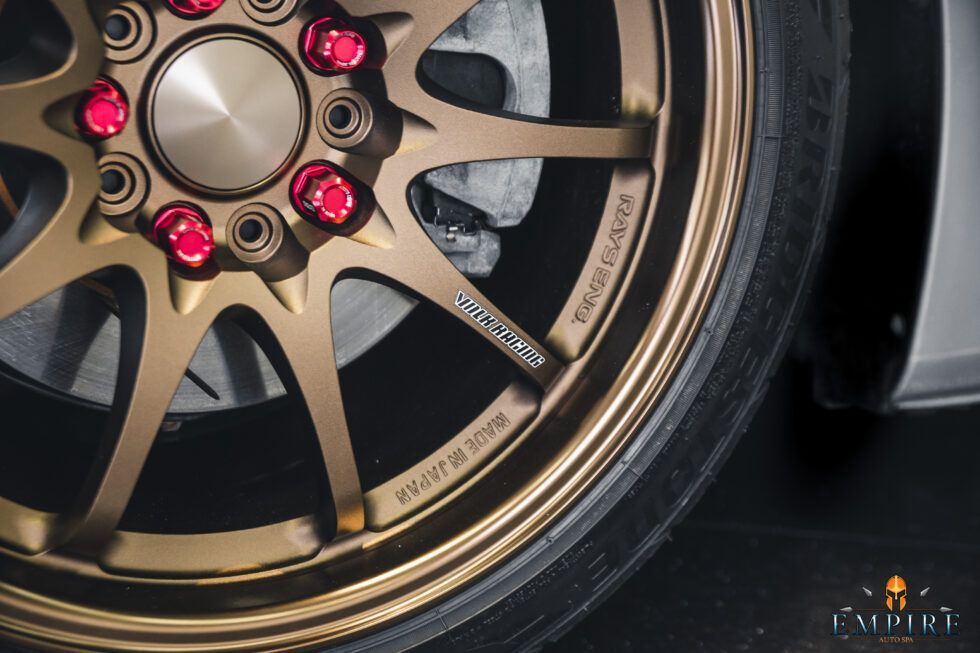Seasonal Tires: The Difference Between Summer and Winter Tires.
Seasonal Tires: The Difference Between Summer and Winter Tires – Insights from Empire Auto Spa
Introduction
Tires play a pivotal role in a vehicle’s performance, safety, and fuel efficiency. As seasons change, so do road conditions, making it essential to equip your car with the right set of tires. In this guide, we’ll delve into the key differences between summer and winter tires, with expert insights from Empire Auto Spa.
The Core Differences
1. Tread Patterns
- Summer Tires: Designed with simpler tread patterns, they have fewer grooves and are optimized for wet and dry roads. They offer excellent grip on warm asphalt.
- Winter Tires: Feature intricate tread patterns with deeper grooves and sipes. These designs help in displacing snow and slush, providing better traction on icy roads.
2. Rubber Composition
- Summer Tires: Made with a harder rubber compound that can withstand higher temperatures. This ensures they don’t become too soft during hot conditions.
- Winter Tires: Crafted from a softer rubber compound that remains flexible in cold temperatures, ensuring better grip on icy and snowy surfaces.
3. Performance Metrics
- Summer Tires: Excel in high-speed conditions, providing stability and enhanced cornering abilities.
- Winter Tires: Prioritize traction over speed, ensuring safety on slippery winter roads.
Why Seasonal Tires Matter
Switching between summer and winter tires isn’t just a marketing gimmick. It’s about optimizing safety and performance. Using summer tires in winter can lead to longer braking distances and reduced grip. Conversely, using winter tires in summer can result in faster wear and reduced fuel efficiency.
Making the Switch
Transitioning between tire sets should ideally happen when the seasons change. However, a good rule of thumb is to switch to winter tires when temperatures consistently drop below 45°F and revert to summer tires when it warms up again.
Conclusion
Understanding the nuances between summer and winter tires can significantly impact your driving experience and safety. By equipping your vehicle with the right set of tires for each season, you ensure optimal performance, safety, and longevity. For expert tire advice and services, turn to the professionals at Empire Auto Spa.
For more insights on seasonal tires or to book a tire consultation, visit our website or contact us at (407) 574-8381.

Not for Everyone. Perfect for You.
Headquartered in Longwood, Florida, Empire Auto Spa is a family-owned and operated detailing studio dedicated to providing top-tier services that both protect and elevate the aesthetic appeal of all different types of vehicles. With over 30 years of combined experience and expertise from our team members, we pride ourselves on being Master Detailers who provide meticulous services with unwavering passion and precision. Our service lineup includes multiple packages in paint protection film, ceramic coatings, window tinting, and detailing as well as customization upgrades that enhance both the performance and aesthetics of your vehicle. Empire Auto Spa is your one-stop destination for all your vehicle personalization and performance needs!
Quick links
Our Location
Address: 895 N Ronald Reagan Blvd, Longwood, FL 32750, United States of America
Contact Us
Phone: (407) 574-8381
Empire Auto Spa is designed by the team at Detailers Roadmap, a platform developed for detailing operators across the globe.
All Rights Reserved | 8bitcreative, LLC | Empire Auto Spa

